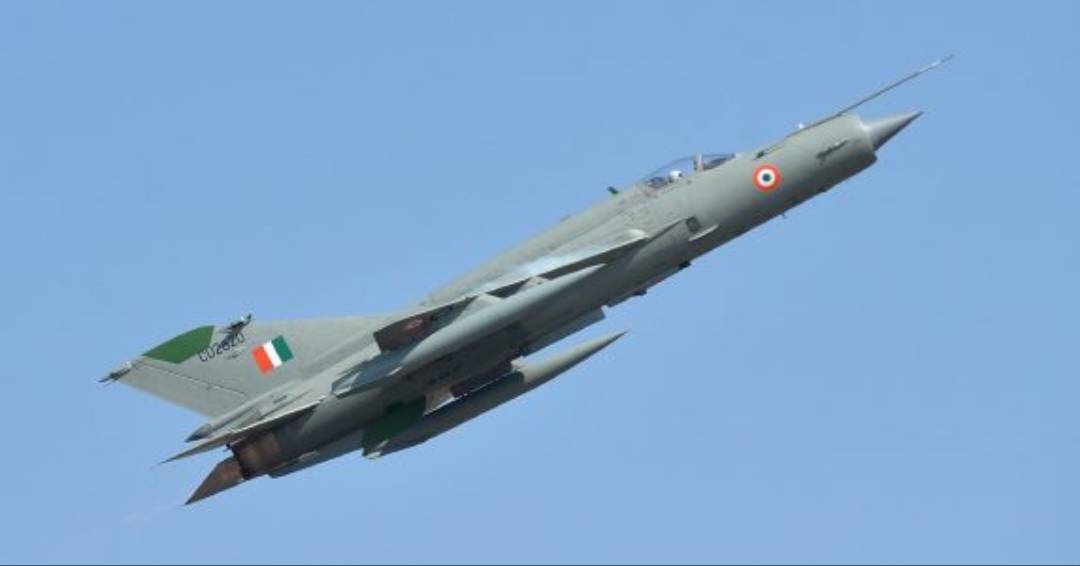
The Indian Air Force (IAF) has temporarily grounded its fleet of approximately 50 MiG-21 fighter aircraft following a recent crash in Hanumangarh, Rajasthan. The crash, which occurred during a routine training sortie on May 8, resulted in the loss of three lives after the aircraft collided with a house. Currently, all MiG-21s are undergoing thorough technical evaluations and checks. Only after receiving clearance from the responsible teams conducting the scrutiny will the aircraft be permitted to fly again.
This incident has once again drawn attention to the issue of the ageing MiG-21 fleet, which has been involved in nearly 400 accidents since its initial induction in the early 1960s. Despite being a significant part of the IAF for an extended period, the MiG-21s have a poor safety record. Official data confirms the involvement of MiG-21s in 400 crashes over the past six decades.
Currently, the IAF operates three MiG-21 squadrons, comprising a total of around 50 aircraft. However, the IAF has finalized a plan to phase out the remaining MiG-21 fighter squadrons within the next three years. Furthermore, the IAF also intends to begin the phase-out process for its three squadrons of MiG-29 fighter jets within the next five years.
In terms of modernization efforts, the IAF recently signed a contract worth Rs 48,000 crore with Hindustan Aeronautics Limited (HAL) for the procurement of 83 Tejas jets. Additionally, the IAF has already acquired 36 Rafale jets to bolster its combat capabilities and is currently in the process of procuring 114 Medium Role Fighter Aircraft. These initiatives aim to enhance the IAF’s overall combat prowess and replace the ageing fleet with more advanced and capable aircraft.

Post Your Comments